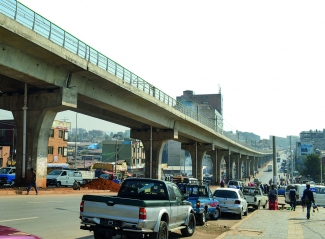Sustainable energy transitions to support the Climate-Resilient Green Economy Strategy
Ethiopia aims to build a green economy and to follow a growth path that fosters sustainable development. T hrough the development of its Climate-Resilient Green Economy (CRGE) strategy, which is based


